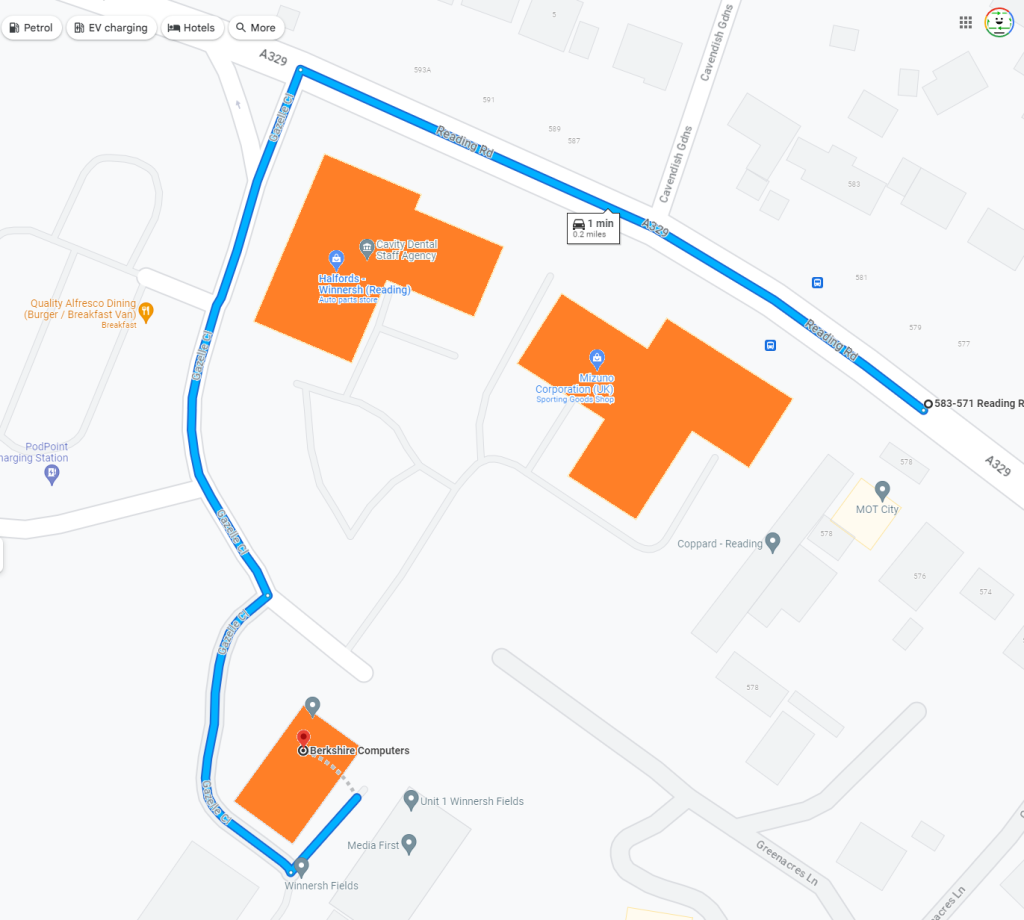Is Your Internet Service Provider Throttling Your Bandwidth? Here’s How to Find Out
If you’ve ever suspected that your Internet Service Provider (ISP) is intentionally slowing down your bandwidth to sites outside of speed test URLs, you’re not alone. Many users have encountered frustrating experiences similar to the one I’m about to share, raising the question: How can you effectively demonstrate whether your ISP is indeed throttling your connection?
The Situation
I’ve been experiencing noticeable fluctuations with my internet speeds, often varying between 200KB/s and 1MB/s, although it generally stabilizes around 400-500KB/s. Curiously, whenever I visit a speed test website, my download speed consistently meets the 10 Mbps I’m paying for—without any fluctuations—even after multiple consecutive tests. This pattern raises red flags about whether my ISP is manipulating speeds based on the type of site I’m accessing.
In a recollection from over a year ago, I recalled an incident while on a support call. When the technician requested a speed test, my download speed, which had been operating at a normal pace, suddenly surged to around 18 Mbps right before the test began. Coincidence? Perhaps—yet this incident has left me with lingering doubts about the integrity of my internet service.
Seeking Proof
While it’s evident that ISPs may impose limits on bandwidth to manage network traffic, the situation I’m experiencing suggests that there could be more at play. Here are some strategies to explore whether you are dealing with deliberate throttling:
-
Conduct Multiple Speed Tests: Utilize various speed test platforms to gather data. If your speeds are consistently high only on these sites but drop significantly elsewhere, you may have an argument for throttling.
-
Monitor Download Speeds: Keep track of your download speeds while engaging in regular activities, such as streaming or browsing, versus those on speed test sites. Use tools that can log your data over time for a comprehensive view.
-
Examine Traffic Types: Pay attention to what types of content you are consuming when the speed drops. Are you streaming videos or participating in online gaming? Sometimes, ISPs prioritize certain data types, leading to throttling for activities they deem less critical.
-
Reach Out to Your ISP: Don’t hesitate to bring your findings to your ISP’s attention. Document your experiences and share your recorded data with their customer service representatives. This may prompt a more thorough investigation into
Share this content:



